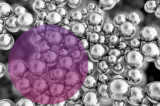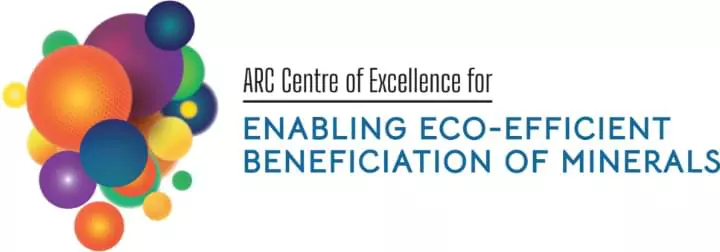Research overview and recent examples
The Centre’s Research Themes
The Centre’s Research Projects are directly aligned to delivery of the Centre’s Themes:
Theme 1 Early gangue (waste) Rejection
Early Gangue Rejection is the removal of waste ore at coarse particle sizes to pre-concentrate the ore, and hence reduce energy consumption in grinding, water losses to tailings, tonnage through to subsequent processing steps. Smaller footprint and higher productivity an overall outcome
Theme 2 Fine Particle Separation
Fine Particle Separation means more efficient processing of fine particles to maximise resource recovery and concentrate the product to reduce emissions during downstream processing
Theme 3 Solid-Liquid Separation
More effective solid-liquid separation recovers more water, reduces waste and ultimately eliminate tailings dams
New ways to minimise energy & water use in mining
The process of grinding rocks down to ultrafine particles (comminution) has a reputation for being the single biggest consumer of energy in the minerals industry. COEMinerals is delivering new technologies and innovative new ways to reduce the need for comminution, as well as reducing the size, scale, energy and water use during mineral processing (beneficiation).

Maximising resource recovery and product grade
We are applying advances in fast and efficient beneficiation of fine particles to achieve a 10 – 100 fold increase in separation speed, and significant reduction in the equipment size and scale. This approach helps to redefine economically what is a tailings stream. Our approach will be achieved primarily through enhancing hydrophobic interactions and novel system hydrodynamics, to increase product recovery, selectivity and product grade.

Dry Stackable Tailings (i.e. eliminating tailings dams)
We are applying advances in‘fast, efficient beneficiation’ of fine particles to solid-liquid separation in order to recover waste solids, reducing water losses and increasing water productivity, recovering targeted solids and exploiting hydrophobic interactions to enhance de-watering. Our aim is to eliminate the need for tailings dams.

